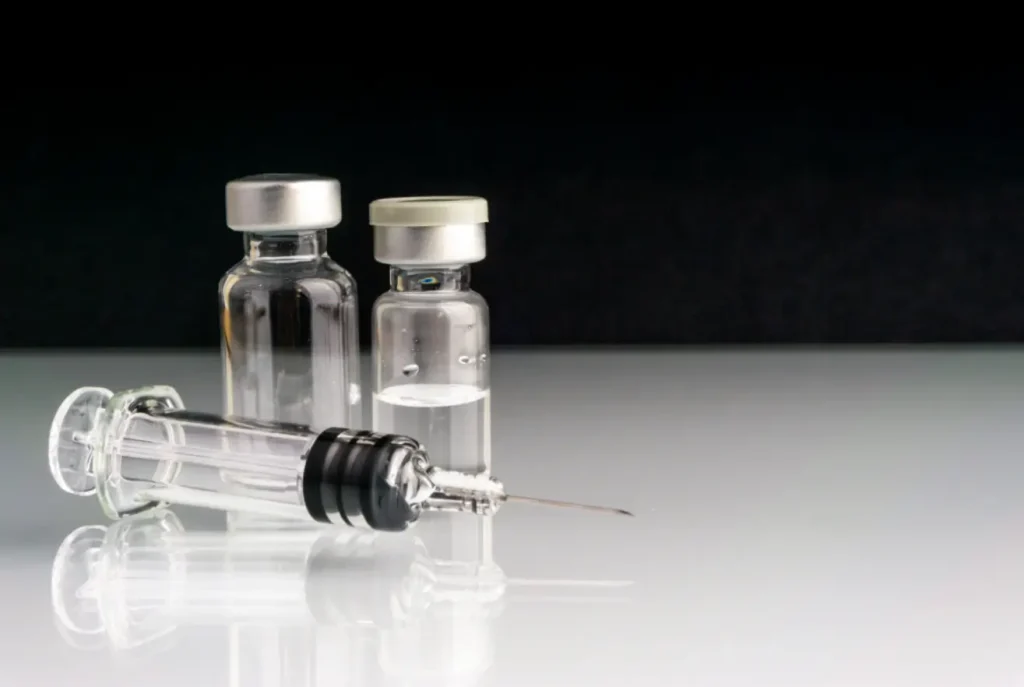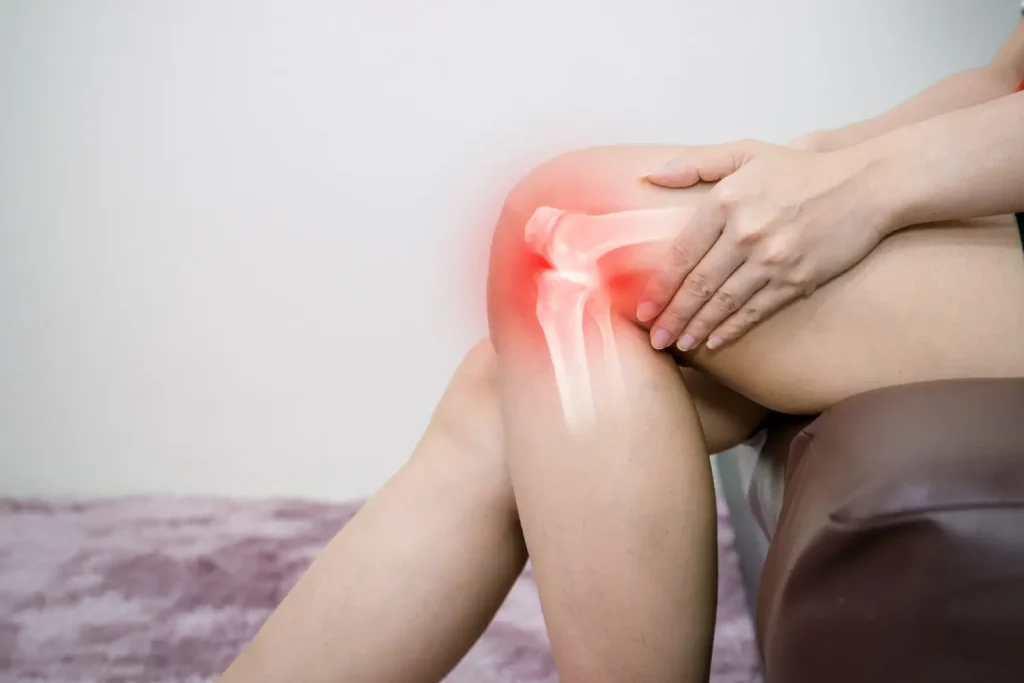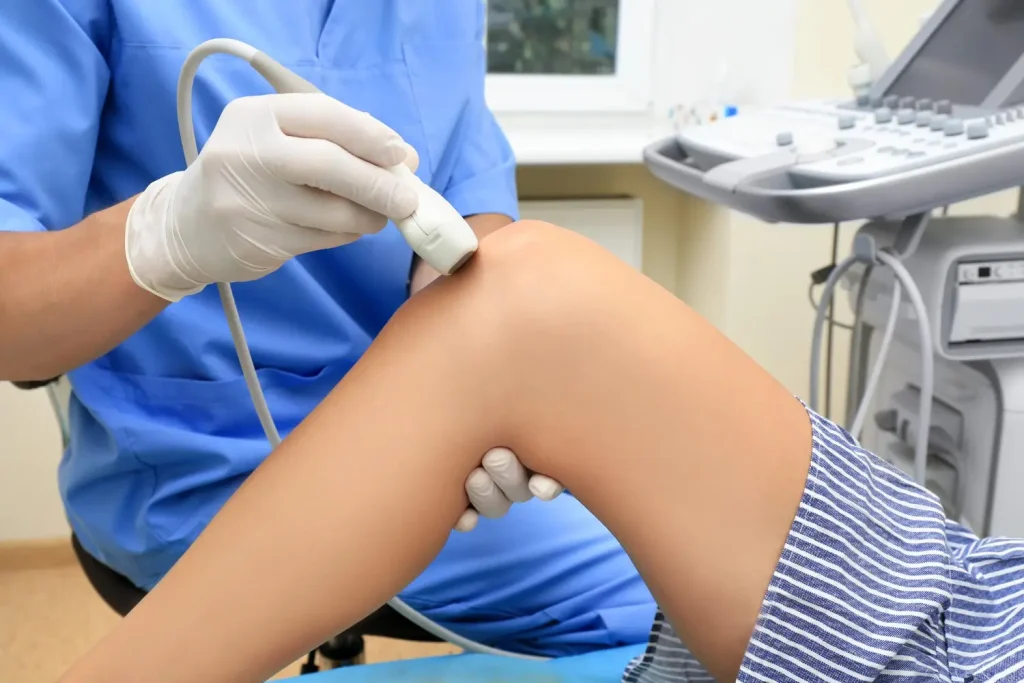Experienced doctors know that patients need tailored treatment plans. The best way to get the most effective treatment is to discuss a patient’s expectations and goals for receiving any kind of facial rejuvenation, so that a personalized treatment plan can be administered based on the patient’s age, skin type, the severity of the issues being treated, and many more factors. But, what if there is more to determining the best treatment for your patients?
Finding the right filler
While there is a distinct and obvious difference between the kinds of wrinkles and lines that are most effectively treated certain fillers, there is also a difference in effectiveness even amongst dermal filler products. With such a large variety of products available to choose from, including popular brands such as Juvederm, Restylane, Radiesse, and Sculptra, to name a few, it can sometimes be a challenge to know which cosmetic injectable will be the right fit for any given patient. The thickness of the product, the concentration of the active ingredient, and the technology used to produce the gel are all factors that can determine which product will be the most effective on a specific issue.1 When it comes to the patient, their age, the severity of their lines or wrinkles, and even their ethnicity may play a role in which product will give them the best results.
Juvederm vs. Restylane
As an example of this, a recent study2 pinpointed very specific results about the effectiveness Restylane and Juvederm Ultra Plus had in treatment of severely visible nasolabial folds within a Chinese demographic group. Within the study, 124 men and women were chosen, who had received treatment with Restylane (20mg/ml) on 1 side of their face to treat a nasolabial fold, with Juvederm Ultra Plus (24mg/ml) on the other side of their face. Then, researchers assessed the severity of each patient’s nasolabial folds on a scale of 0 to 4, with 0 meaning no wrinkles were present, and 4 meaning the wrinkle remained very deep. The researchers then re-assessed the results on the same subjects after 6 months.
Cosmetic filler effectiveness
The study found that not only did patients require less volume injected when treated with Juvederm Ultra Plus compared to Restylane, with an average of 1.0ml of Restylane filler used compared to an average of 0.8ml of Juvederm Ultra Plus, but that Juvederm Ultra Plus was more effective. In fact, 6 months after treatment, investigators assessed that 90.4% of nasolabial folds injected with Juvederm Ultra Plus showed at least 1-point improvement in severity, compared to 89.6% with Restylane.
Patient Satisfaction
Subjects were also asked to do their own self-assessment 6 months after treatment and reported similar results to those reported by researchers. Patient-reported responder rates were 87.3% for Juvederm Ultra Plus, compared to 83.9% for Restylane. Additionally, of the subjects who reported a preference between the 2 products, 62.1% reported that they preferred Juvederm Ultra Plus. Overall, this study showed that Juvederm Ultra Plus is more effective for treating nasolabial folds than Restylane in Chinese patients.
This study is just 1 example of how choosing the right product for treatment will not only vary by the facial issue that the patient wishes to correct, but also by the patient profile. Researchers are currently studying the effectiveness of certain fillers in other ethnic groups. As researchers continue to study product effectiveness in certain populations and doctors continue to assess their own patient’s results, determining which product is right for each situation will only become easier.
References
- Injectable Dermal Fillers Guide. (n.d.). Retrieved from https://www.americanboardcosmeticsurgery.org/procedure-learning-center/non-surgical/injectable-fillers-guide/
- Li, D., Xie, Y., Li, Q., Sun, J., Jiang, P., Jia, Y., . . . Li, Q. (2017, January). Retrieved from https://www.ncbi.nlm.nih.gov/pmc/articles/PMC5293290/





















